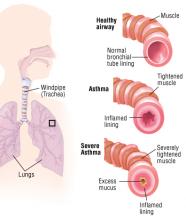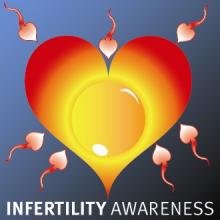Persistent respiratory health effects after a metam sodium pesticide spill
STUDY OBJECTIVE: To report the occurrence of persistent respiratory disorders, including irritant-induced asthma, among adults living and working near an environmental spill of the pesticide, metam sodium, after the derailment of a tank car. DESIGN: Retrospective clinical case series. SETTING: California communities situated within one-half mile of the Sacramento River, from Mt. Shasta City to Shasta Lake. PATIENTS: 197 adults referred to a university occupational/environmental health clinic or to a private occupational/environmental health practitioner for evaluation of health problems potentially related to the spill. MEASUREMENTS AND RESULTS: History, physical examination, review of medical records, spirometry, and methacholine challenge testing revealed 20 cases of persistent irritant-induced asthma and 10 cases of persistent exacerbation of asthma. CONCLUSIONS: This is the first reported series of cases of persistent irritant-induced asthma involving both community residents and occupationally exposed individuals.










